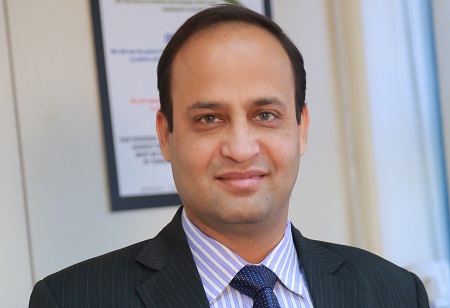Sanjeev Bajaj, Chief Executive, Escorts Construction Equipment Ltd, in an interaction with Sudhakar Singh, Editor, Industry Outlook, shares his thoughts on how the crane manufacturing industry is evolving in India and how technological advancement is transforming the industry.
The global cranes market is projected to grow to USD 49.64 billion till 2028, growing at a CAGR of 4.5 percent. How do you see this market evolving in India? What are the major factors driving the growth of this market?
We see that the macro signals are positive and have been positive for the last couple of years but unfortunately, the pandemic has slowed down the overall industry growth since most of the projects were on hold and many months were lost in lockdowns. Now as the pandemic’s effect wanes, we believe it is the right environment for the industry to be in.
Having said that, there are a few challenges for the industry primarily after the introduction of BS4 such as the rise in steel prices. Therefore, the buying costs for the customer have gone up since all manufacturers have tried to pass on that price increase to the customer. Unfortunately, the customer is not willing to pay more, and therefore, the realization of that price is yet to happen for most of the manufacturers.
In the coming year, I believe that things will be balanced and there will be a sweet spot for the industry to grow. Furthermore, some of the contractors would be willing to invest as they are looking at PLI schemes and would be interested to go for equipment that is highly efficient, productive, and safer. So, demand will continue to grow. Although pricing will be an issue for a short period, all macro indicators are very positive when we look at a longer period.
What kind of change do you see lately in the expectations of customers from crane manufacturers?
Specific to the crane industry, I would say it is the nature of the job which is evolving. For example, the requirement for a high tonnage crane has increased because certain segments of the construction industry are moving towards handling higher weights and therefore, we see that evolution. Secondly, there is also an evolution on moving towards a safer environment that is safe for the people and for the machine. Therefore, projects need to deploy machines that are safer to operate and have all the controls and mechanisms to override any operator negligence. So, I think these two factors are dominating in terms of customer decision making.
